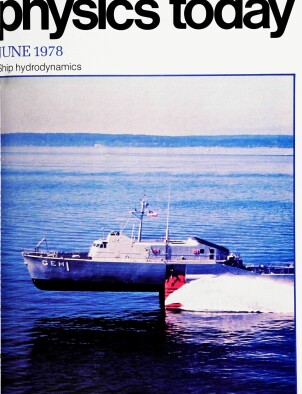Ship hydrodynamics
DOI: 10.1063/1.2995069
For millenia Man has built surface vessels and used them to transport himself and his goods over water. Some appreciation for hydrodynamic forces is required to produce a functional vessel, and throughout history Man has had to rely on experience and empirical knowledge to guide his design efforts. Until recently, power for these ships has come from a limited number of sources: Sails were used to harness the winds, and men were persuaded to handle oars. However, winds tend to be unreliable, and human propulsion systems suffer from severe speed and endurance limitations. With the advent of mechanization and the discovery of new energy sources, higher speeds became attainable. With these, the effects of hydrodynamic forces become more pronounced, making it necessary to understand the patterns of water flow caused by ships to improve their performance.
This article is only available in PDF format
References
1. Principles of Naval Architecture (John P. Comstock, ed.), Society of Naval Architects and Marine Engineers, New York (1967), page 366.
2. L. D. Landau, E. M. Lifshitz, Fluid Mechanics, Addison–Wesley, Reading (1959).
3. I. H. Abbott, A. E. von Doenhoff, Theory of Wing Sections, McGraw‐Hill, New York (1949).
4. S. F. Hoerner, Fluid Dynamic Drag, S. F. Hoerner, Midland Park, N. J. (1958).
5. R. T. Knapp, J. W. Daily, F. G. Hammitt, Cavitation, McGraw–Hill, New York (1970).
6. P. J. Mantle, David W. Taylor Naval Ship R&D Center Report 4727, Bethesda (1975).
7. L. J. Doctors, S. D. Sharma, J. Ship Research 16, 248 (1972).https://doi.org/JSRHAR
More about the Authors
Pierre Lafrance. David W. Taylor Naval Ship Research and Development Center, Bethesda, Maryland.




